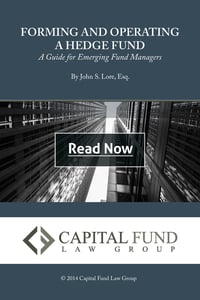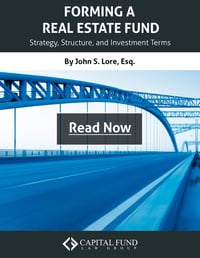One of the initial considerations when structuring a hedge fund is whether to form the fund domestically, offshore, or both. A domestic entity is sufficient if a fund sponsor expects to have only U.S. investors. However, an appropriate offshore fund will be needed to shield such investors from U.S. tax liability if a sponsor anticipates offshore investors or U.S. tax-exempt investors (IRAs, pension plans, endowments, etc.).
Domestic Fund Structures
A domestic-only hedge fund structure is typically comprised of the following entities:
(i) A limited partnership to act as the fund entity (although LLCs are becoming increasingly popular). The fund entity is formed in the state of Delaware.
(ii) An LLC to act as the investment manager and general partner (GP) of the fund (managing partner in the case of an LLC). The investment manager/GP entity is formed in the jurisdiction of the fund sponsor. In some cases, the general partner and the investment manager are formed as two separate entities, such as when multiple funds are contemplated.
Investors become limited partners of the fund, and all the fund's trading activity takes place within the fund entity. The management fees and performance compensation are paid to the investment manager/GP (see Hedge Fund Manager Compensation), owned by the fund sponsors.
Offshore Fund Structures
When properly structured, an offshore fund structure blocks offshore and tax-exempt U.S. investors from direct US tax liability. The most common offshore fund structures are the master-feeder and side-by-side structures. The Cayman Islands and the British Virgin Islands (BVI) are two of the most common offshore jurisdictions.
Master-Feeder Fund
A master-feeder structure consists of a domestic feeder fund and an offshore feeder fund (in a tax-free jurisdiction) that feed into a single offshore master fund, where all the fund's trading activity occurs.
Parallel Fund Structure
A side-by-side structure has a domestic fund and an offshore fund that parallel each other in trading and have the same investment manager but maintain separate investment portfolios.





